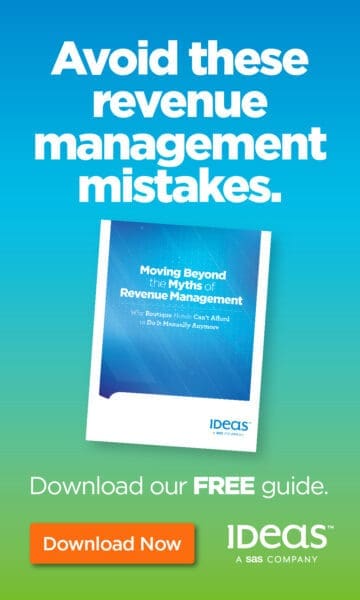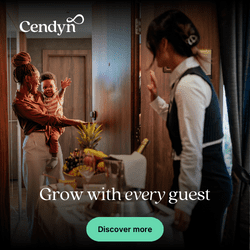 The ripple of the pandemic is ongoing and omnipresent. Two of the top concerns for many hotels are access to labor at a reasonable wage to ensure adequate service delivery and keeping valuable employees engaged within a leaner organizational structure where any single departure can cause major disruptions in workflow.
The ripple of the pandemic is ongoing and omnipresent. Two of the top concerns for many hotels are access to labor at a reasonable wage to ensure adequate service delivery and keeping valuable employees engaged within a leaner organizational structure where any single departure can cause major disruptions in workflow.
Now in 2022, the first step is to accept these macroconditions. While COVID-19 will eventually spit and sputter to an end, lean teams are here to stay and at the same time many outcomes from the pandemic have led to many permanently leaving the hospitality labor pool. This all means that hotels will adopt a new operating model where variable labor and administrative costs are kept at a minimum, and those that remain are given ample opportunity for personal and professional development. It’s a systemic change and not something that can be solved with a patchwork remedy.
After acceptance comes recognition. The pandemic has caused many across all sectors to reevaluate their work-life balances, shifting from a ‘live to work’ to a ‘work to live’ mentality. Hotels must oblige the latter by starting to more proactively recognize their teams for their efforts and their newfound need for more balance as well as imbuing a sense of communal belonging in their cultures.
Ever since we started noticing these shifts in Summer 2020, we’ve been working with our hotel clients to find solutions for keeping top talent. It’s not a one-size-fits-all task and that means it’s actually quite exciting to figure out! Here are some top ideas that might apply to your company, which of course must be adapted to your specific needs and labor dynamics.
- Top-down communication is a given. But you must also allow for bottom-up communication where anyone feels enabled to bring their ideas forward (in a coherent manner) then get constructive feedback on why or why not they may work.
- Then there’s also lateral communication where outsider ideas are embraced from different departments. Concurrently, the ‘stay in your lane’ comments should be vehemently chastised because of their ability to limit the development of creative (and cost-effective) solutions.
- Technology integrations are critical to expedite basic or repetitive communications so that team members aren’t bogged down by interruptive and boring tasks, and can instead focus on the more complex, challenging, visionary and ultimately rewarding projects. This also gives them more time to focus on directly liaising with guests, which is the underlying reason why workers many have chosen hospitality over other more lucrative industries.
- Just as you wouldn’t banish one of your kids for not cleaning the kitchen properly after a big meal, so too must you provide safety from mistakes (within reason) where we accept that we’re all human and mistakes will be made. Team members shouldn’t necessary fear bringing forward minor errors because they are part of the bigger process of trusting, individual empowerment. The word ‘family’ might be too much here, but building a ‘community’ is definitely apt.
- Employee appreciation is an obvious one and can take the form of paid lunches, monthly rewards, enabling remote work setups for those with infants or something as simple as an earnest ‘great job’ spoken after genuine hard work is performed. People yearn to know that they are performing valuable work, and if you don’t recognize them for their current responsibilities then they are more motivated to search for other companies that will value their time or even opportunities in other industries where this recognition seems better.
- Succession planning and mentorship are essentially two other forms of recognition in that you are demonstrating that you value a team member enough to earmark them for greater responsibility and a promotion down the road. Everyone can benefit from having a mentor who in turn can keep younger hires engaged and bring out their creative spirits via intrapreneurship. Giving managers a clear roadmap for their career development imbues a higher sense of meaning to the job, keeping them motivated because the long-term vision is in place.
There’s a lot more details that would go into any policy shift and with the ongoing labor challenges (at both the frontline and managerial levels) these are the types of projects we’re eager to discuss. Be sure to leave some comments to start a conversation on what specific solutions you’ve seen work.
This article may not be reproduced without the expressed permission of the author.
































